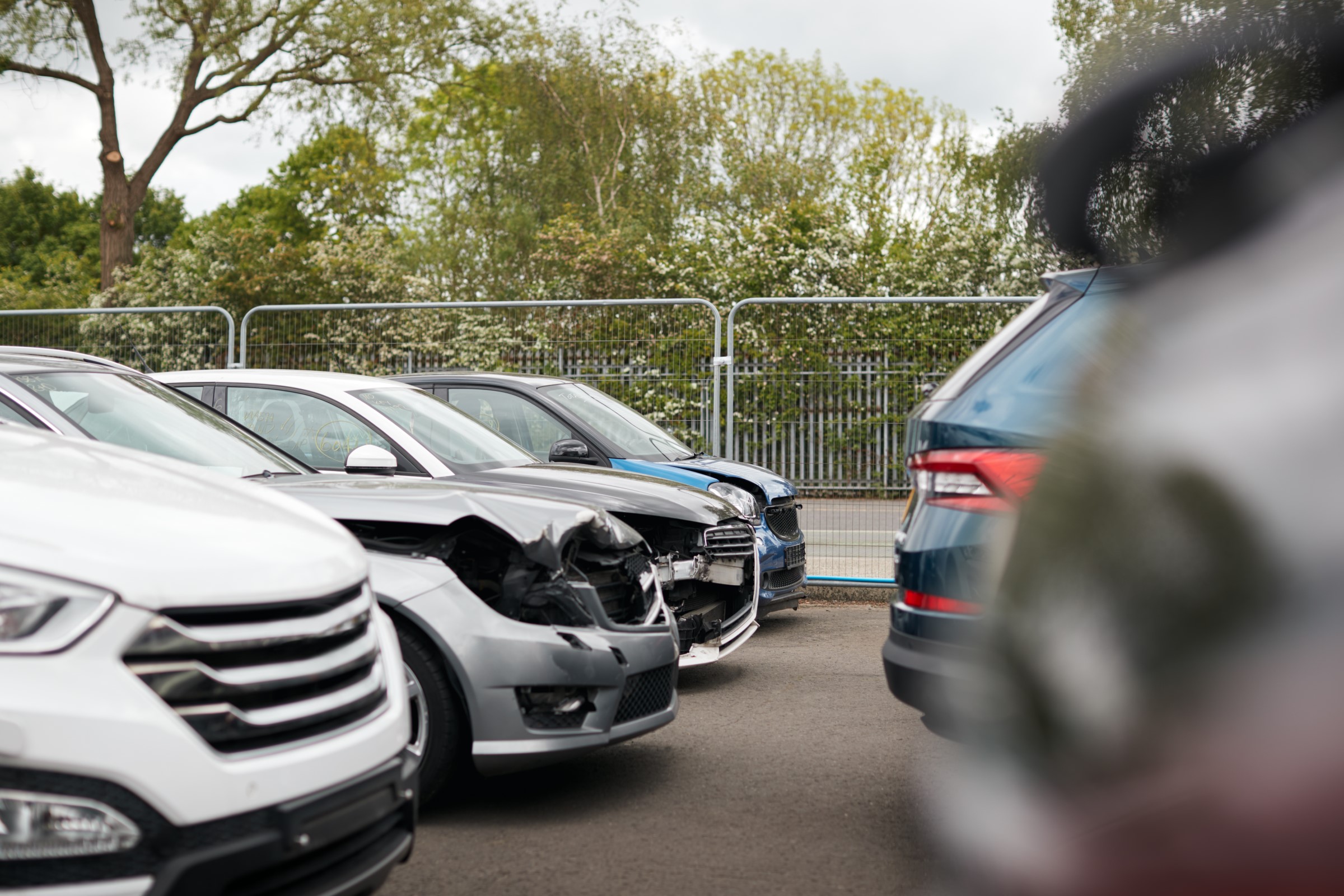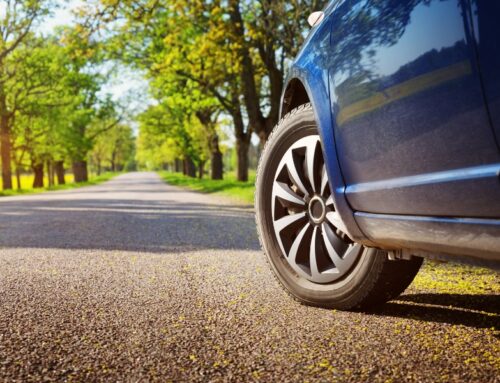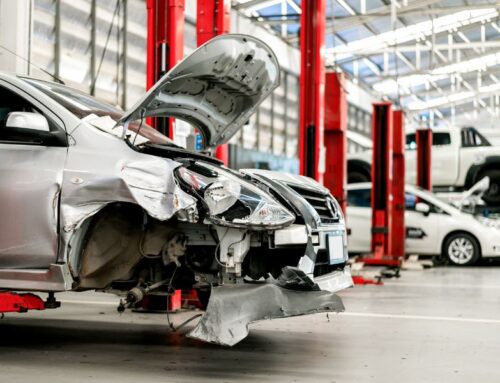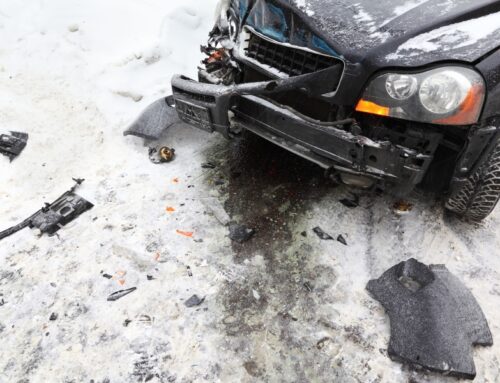
If you’re like most people, you probably aren’t too familiar with the ins and outs of car repair, and worrying about repairs after an accident can be stressful. Many times after an accident, the extent of the damage is unknown until a mechanic is able to take a comprehensive look at your vehicle in the shop.
We’ve put together some information to help you understand what happens when your car is being repaired after an accident. We hope that this information will help alleviate some of the stress that comes with taking your car in for repairs and can help you get back on the road post-accident.
The Initial Assessment
When your car is first accepted at the mechanic shop, the first step is for a mechanic to assess the damage. They will look at the extent of the damage and determine what needs to be done. This is an important step because it will help to determine how long the repairs will take and how much they will cost.
Mechanics will usually work with your insurance to communicate what needs to be repaired and the costs associated. It is important to make sure that the shop you choose works with your insurance company to avoid expensive repair costs.
Make sure you have a full understanding of what needs to be repaired when your mechanic communicates with you. Knowing exactly what will be fixed and understanding the time estimate from your mechanic will help alleviate the stress during the repair process.
Oftentimes, if your repair is going to take a significant amount of time, your insurance company will provide a rental car for your use while you wait for your car to be finished. The mechanic shop can often facilitate this for you, be sure to ask if this is an option for you in case you need to use a vehicle while yours is being repaired.
Repair Work
After the initial assessment is complete, the next step is to begin the repairs.
The first thing that needs to be done is to fix any structural damage. This includes things like bent frames and dented panels. Once the structural damage is repaired, the mechanic will begin to work on the cosmetic damage. This includes things like scrapes and dents. The final step is to replace any damaged parts. This may include things like windshields, tires, or brake pads.
It’s important to note that not all repairs will be the same. The severity of the damage will dictate how long the repairs take and how much they cost. Be sure you understand your mechanic’s estimates and be on the lookout for phone or text updates during the process.
Painting and Finishing
After the repairs are complete, your car will need to be painted and finished. This is done in order to protect the new parts from rust and corrosion. The painting and finishing process can take anywhere from a few days to a week. Unless your car has unusual custom paint, matching the colors is generally not an issue.
This step can often result in your car looking newer than before the repairs as the new paint will not have wind and road damage.
Final Inspection
After the painting and finishing is complete, the car will undergo a final inspection. This is done to ensure that the repairs were done properly and that there are no defects.
If any problems are found, they will be addressed and communicated to you at this time.
Payment and Delivery
After the final inspection is complete, it’s time to pay for the repairs and get back in your car! Most of the time, the mechanic will handle payment with your insurance company and decide what is covered before this step, so you are only paying for anything outside of your coverage. If you owe anything, the mechanic will go over the bill with you and make sure that you understand everything. They will also answer any questions you have about the repairs.
Once you’re satisfied with the repairs, you’ll be able to take your car home and get back to your life.
Warranty Information
Most mechanics offer a warranty on the repairs they perform. This is usually for a certain amount of time (usually around a year) and covers any defects that may occur. If you have any problems with the repairs after the warranty expires, you will need to contact the mechanic directly. They will be able to help you resolve the issue.
Back on the Road
That’s it! Once your car is returned, it is reasonable to expect that you will be able to safely drive your vehicle.
We hope that this blog post has helped to demystify the car repair process. Now you know what to expect and you can approach the repair process with confidence.
If you are in need of car repairs in Northern Nevada, please give us a call. We are happy to help and would love to get you back on the road!



